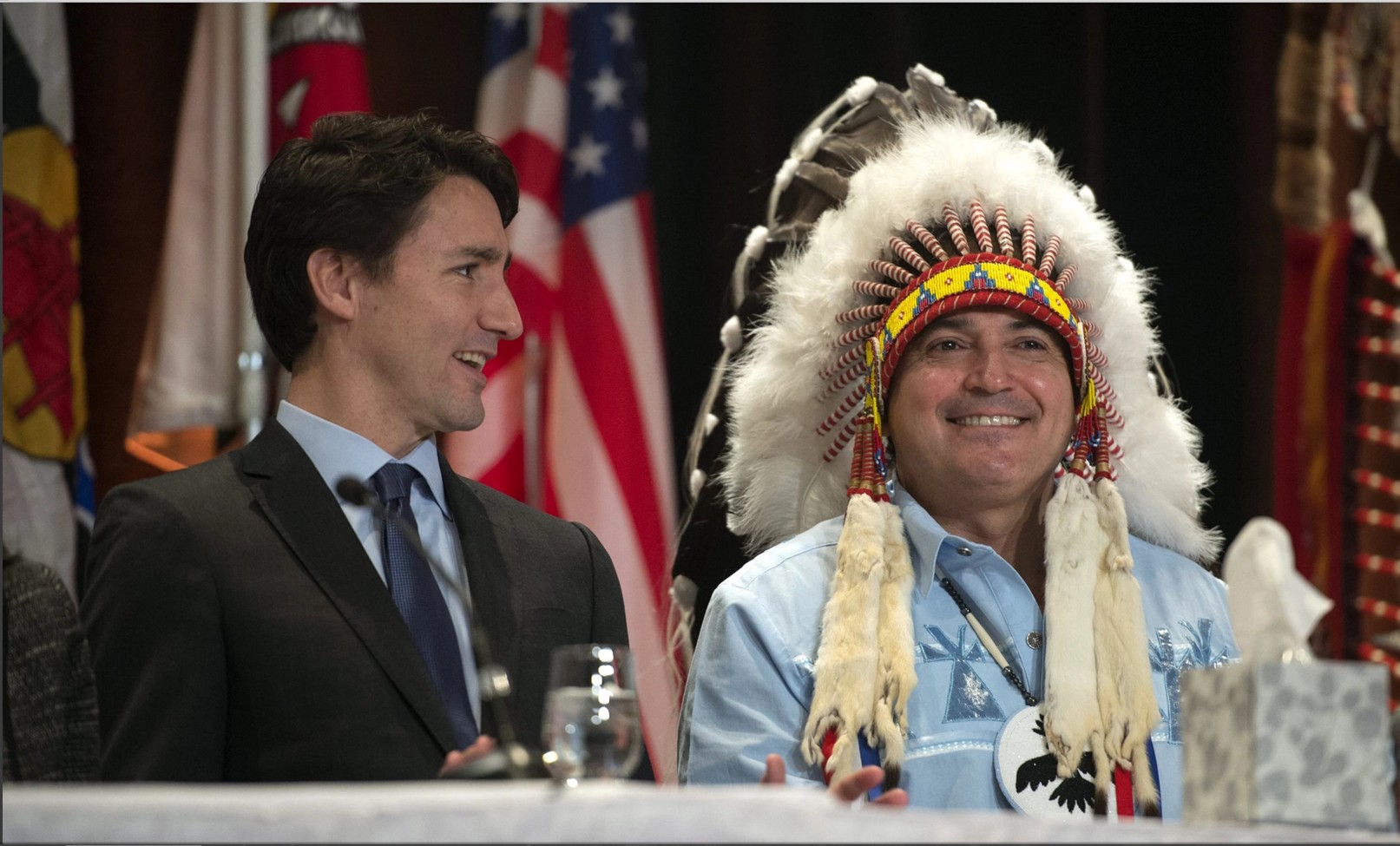Article
Ethnic Literature
In Canadian English, the term "ethnic" has been used to designate those immigrants who do not belong to Canada's founding European cultures: the Catholic French and the Protestant Anglo-Celtic.

Enter your search term
Signing up enhances your TCE experience with the ability to save items to your personal reading list, and access the interactive map.
Create AccountArticle
In Canadian English, the term "ethnic" has been used to designate those immigrants who do not belong to Canada's founding European cultures: the Catholic French and the Protestant Anglo-Celtic.
"https://d3d0lqu00lnqvz.cloudfront.net/media/media/af26158c-92bd-490f-bb6d-939636724fb1.jpg" // resources/views/front/categories/view.blade.phphttps://d3d0lqu00lnqvz.cloudfront.net/media/media/af26158c-92bd-490f-bb6d-939636724fb1.jpg

Article
Ethnic studies are concerned with the study of groups who share a sense of peoplehood, based on a belief in a common origin, culture or physical traits. These studies embrace a wide range of disciplines, eg, history, SOCIOLOGY, ANTHROPOLOGY, other SOCIAL SCIENCES, EDUCATION and the humanities.
"https://www.thecanadianencyclopedia.ca/images/tce_placeholder.jpg?v=e9dca980c9bdb3aa11e832e7ea94f5d9" // resources/views/front/categories/view.blade.phphttps://www.thecanadianencyclopedia.ca/images/tce_placeholder.jpg?v=e9dca980c9bdb3aa11e832e7ea94f5d9

Article
The word "ethnomusicology" was adopted by a group of music scholars in the 1950s to replace "comparative musicology". In the early and mid-20th century, the field was often defined to encompass musical traditions other than European art music (the study of which is sometimes labelled "historical musicology"). In the late 20th century, on the other hand, ethnomusicologists broadened the field to encompass, not only what is marketed as "world music", but all musical practices, the ideas that shape them, and the social contexts that sustain them. That is, ethnomusicologists ask questions about the ways in which social attitudes and values shape the production and reception of musical sound. In addition, they consider how the performance of sound itself and the means by which the sound circulates (ie, in performance, via broadcasts, or as a commodity) shapes social values and attitudes, in turn structuring such things as class, ethnicity and gender.
"https://www.thecanadianencyclopedia.ca/images/tce_placeholder.jpg?v=e9dca980c9bdb3aa11e832e7ea94f5d9" // resources/views/front/categories/view.blade.phphttps://www.thecanadianencyclopedia.ca/images/tce_placeholder.jpg?v=e9dca980c9bdb3aa11e832e7ea94f5d9

Article
Ethnomusicology. The scholarly study of music, broadly conceived to include music as object, as social practice, and as concept.
"https://www.thecanadianencyclopedia.ca/images/tce_placeholder.jpg?v=e9dca980c9bdb3aa11e832e7ea94f5d9" // resources/views/front/categories/view.blade.phphttps://www.thecanadianencyclopedia.ca/images/tce_placeholder.jpg?v=e9dca980c9bdb3aa11e832e7ea94f5d9

Article
Expo 67 was the largest event among the celebrations marking Canada's centenary. It ran from 28 April to 27 October 1967, and its theme was “Man and His World.” The exposition was located on 400 hectares (ha) of man-made islands in the St Lawrence River adjacent to Montréal.
"https://d3d0lqu00lnqvz.cloudfront.net/media/media/cdc1cbf6-5629-4242-b120-0c5581706f36.jpg" // resources/views/front/categories/view.blade.phphttps://d3d0lqu00lnqvz.cloudfront.net/media/media/cdc1cbf6-5629-4242-b120-0c5581706f36.jpg

Article
World exposition sanctioned by the International Bureau of Expositions, held in Vancouver 2 May-30 Oct 1986. The theme, Transportation and Communication, celebrated the centenaries of the founding of Vancouver and the arrival on the Pacific coast of the first passenger train.
"https://www.thecanadianencyclopedia.ca/images/tce_placeholder.jpg?v=e9dca980c9bdb3aa11e832e7ea94f5d9" // resources/views/front/categories/view.blade.phphttps://www.thecanadianencyclopedia.ca/images/tce_placeholder.jpg?v=e9dca980c9bdb3aa11e832e7ea94f5d9

Article
Curing, the restoration of well-being for the community and health for the individual, was a vital part of Indigenous religious practice. The best known of several curing societies among the Haudenosaunee (Iroquois) of the lower Great Lakes was the False Face Society.
"https://d3d0lqu00lnqvz.cloudfront.net/media/media/52de6e51-1e15-479d-a990-01bee3bcc255.jpg" // resources/views/front/categories/view.blade.phphttps://d3d0lqu00lnqvz.cloudfront.net/media/media/52de6e51-1e15-479d-a990-01bee3bcc255.jpg

Article
The Feast of the Dead was held by the Huron whenever a large village shifted location, about every 10-15 years. The bodies of all those who had not died violent deaths were removed from their temporary tombs and buried in a common ossuary - a deep pit lined with beaver robes.
"https://www.thecanadianencyclopedia.ca/images/tce_placeholder.jpg?v=e9dca980c9bdb3aa11e832e7ea94f5d9" // resources/views/front/categories/view.blade.phphttps://www.thecanadianencyclopedia.ca/images/tce_placeholder.jpg?v=e9dca980c9bdb3aa11e832e7ea94f5d9

Article
Music festivals generally consist of two types: competition and non-competition festivals; and opera or concert festivals.
"https://www.thecanadianencyclopedia.ca/images/tce_placeholder.jpg?v=e9dca980c9bdb3aa11e832e7ea94f5d9" // resources/views/front/categories/view.blade.phphttps://www.thecanadianencyclopedia.ca/images/tce_placeholder.jpg?v=e9dca980c9bdb3aa11e832e7ea94f5d9

Article
Filipinos have been in Canada as early as the late 19th century. Migration from the Philippines to Canada significantly increased from the 1960s onward. (See Immigration to Canada.) In the 2016 Census, 837,130 people reported being of Filipino ethnic origin. Filipino Canadians are the largest group of Southeast Asian Canadians. Among Filipino Canadians, women outnumber men by 56 per cent to 44 per cent. The Philippines was the most common country of birth among people who immigrated to Canada between 2011 and 2016.
"https://d3d0lqu00lnqvz.cloudfront.net/Canada_Philippines_2.jpg" // resources/views/front/categories/view.blade.phphttps://d3d0lqu00lnqvz.cloudfront.net/Canada_Philippines_2.jpg

Article
The first Finnish immigrants to Canada arrived via the USA and Alaska during the mid-19th century. Many worked in construction, on such projects as the Welland Canal and the CPR.
"https://www.thecanadianencyclopedia.ca/images/tce_placeholder.jpg?v=e9dca980c9bdb3aa11e832e7ea94f5d9" // resources/views/front/categories/view.blade.phphttps://www.thecanadianencyclopedia.ca/images/tce_placeholder.jpg?v=e9dca980c9bdb3aa11e832e7ea94f5d9

Article
Between 1835 and 1865, several hundred immigrants from Finland settled in Alaska (which was part of Russia at that time). Many moved down the coast to British Columbia (see Sointula). Some early Finnish immigrants to Ontario worked on the construction of the first Welland Canal, which was completed in 1829. The 2016 census reported 143, 640 people of Finnish origin in Canada (25, 875 single responses and 117, 765 multiple responses).
"https://d3d0lqu00lnqvz.cloudfront.net/media/new_article_images/FinnishCanadians/Finnish_immigrants_in_Rouyn,_Quebec,_Canada,_1926.png" // resources/views/front/categories/view.blade.phphttps://d3d0lqu00lnqvz.cloudfront.net/media/new_article_images/FinnishCanadians/Finnish_immigrants_in_Rouyn,_Quebec,_Canada,_1926.png

Article
First Nation is one of three groupings of Indigenous people in Canada, the other two being Métis and Inuit. Unlike Métis and Inuit, most First Nations hold reserve lands. Members of a First Nation may live both on and off these reserves. While the term First Nation can describe a large ethnic grouping (e.g. the Cree Nation), in other cases it is synonymous with the term band. The term band was originally chosen by the federal government and used in the Indian Act. The word band describes smaller communities. Many First Nations prefer the term First Nation over band.
"https://d3d0lqu00lnqvz.cloudfront.net/media/media/4bdede30-06f1-4f71-9047-c7db15051829.jpg" // resources/views/front/categories/view.blade.phphttps://d3d0lqu00lnqvz.cloudfront.net/media/media/4bdede30-06f1-4f71-9047-c7db15051829.jpg

Article
Indigenous (First Nations, Inuit, Métis) who reside in what is now Canada have diverse cultural traditions that are reflected in the variety of their musical genres and styles.
"https://d3d0lqu00lnqvz.cloudfront.net/media/media/824b051b-b939-4324-adbc-132f86ca5763.jpg" // resources/views/front/categories/view.blade.phphttps://d3d0lqu00lnqvz.cloudfront.net/media/media/824b051b-b939-4324-adbc-132f86ca5763.jpg

Article
After New France was ceded to Great Britain in 1763, the migration of French colonists slowed considerably. A trickle of clergy members, farmers and professionals settled during the 19th century. However, after the Second World War, French immigration — which was then politically favoured — resumed with renewed vigour. This effort was geared towards recruiting francophone professionals and entrepreneurs, who settled in Canada’s big cities. The French spawned many cultural associations and had a large presence in French-Canadian schools.
"https://d3d0lqu00lnqvz.cloudfront.net/media/media/d698c031-e790-4c17-906a-5b880e71e24d.jpg" // resources/views/front/categories/view.blade.phphttps://d3d0lqu00lnqvz.cloudfront.net/media/media/d698c031-e790-4c17-906a-5b880e71e24d.jpg
